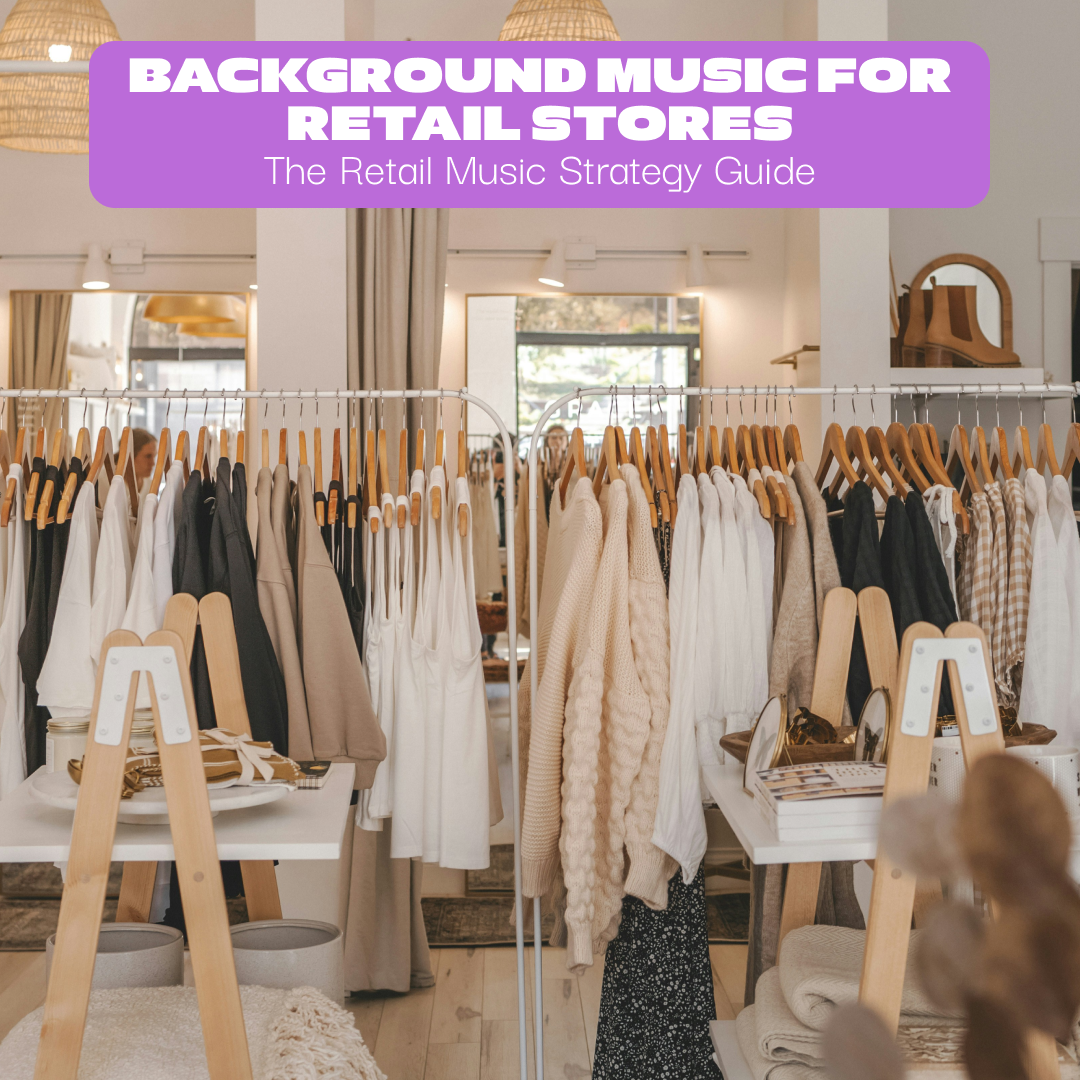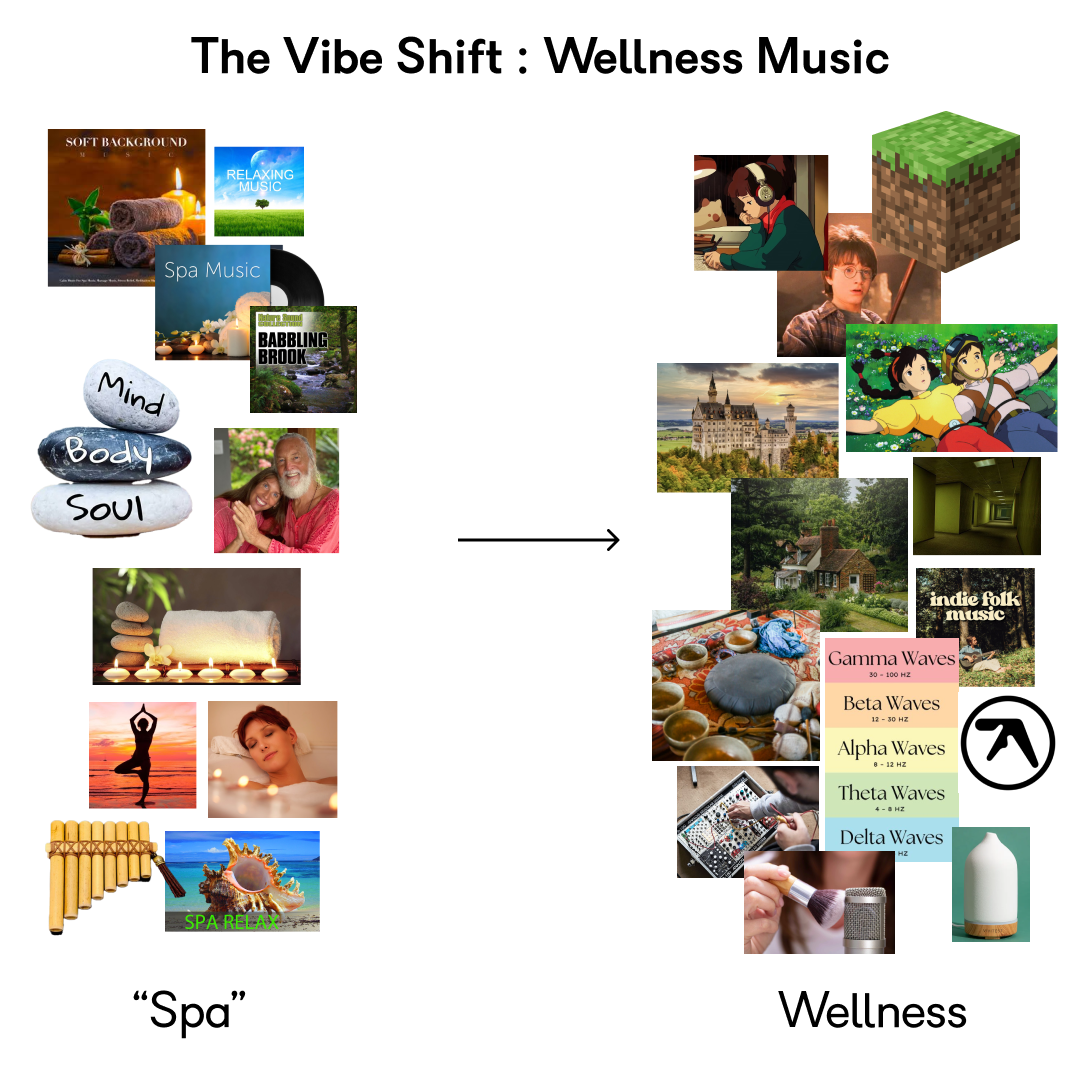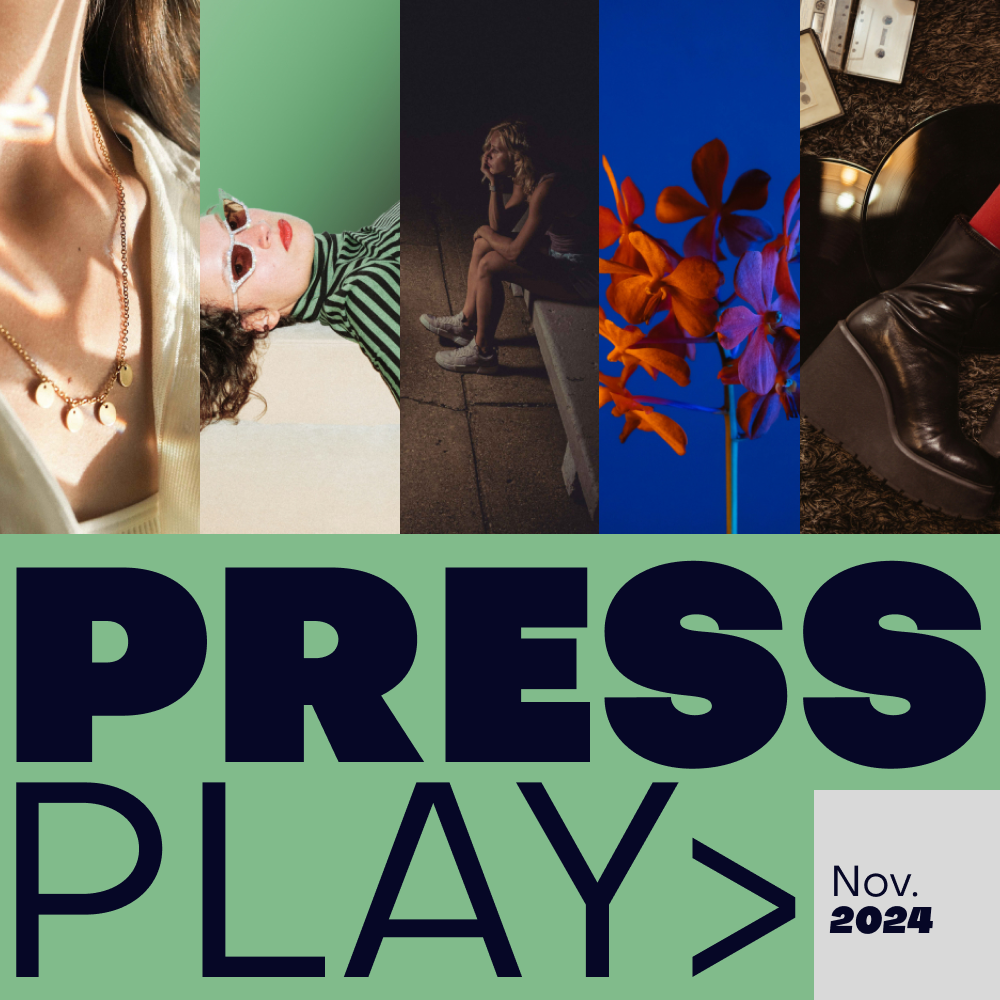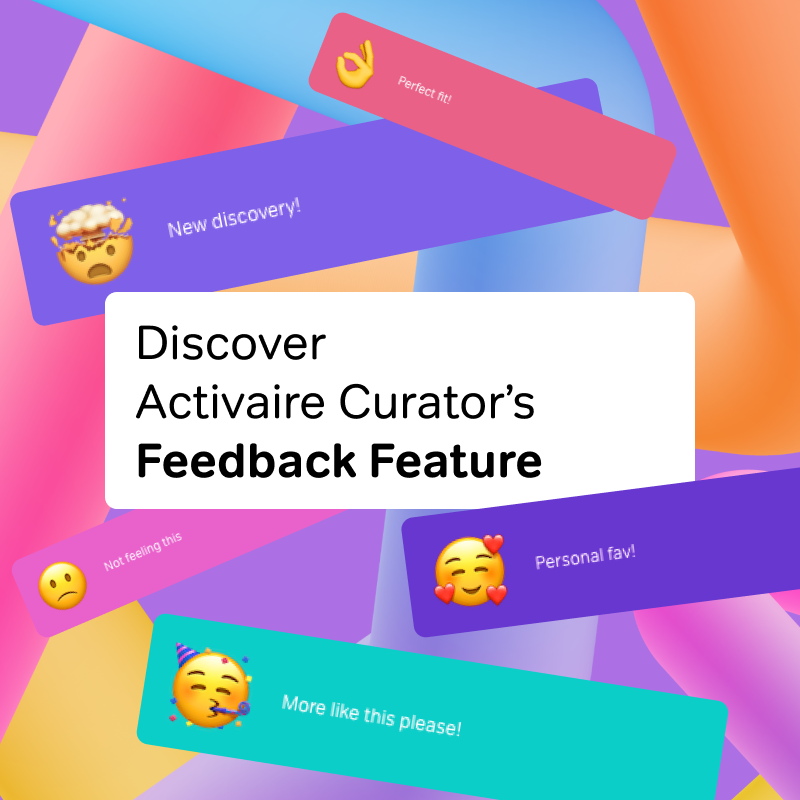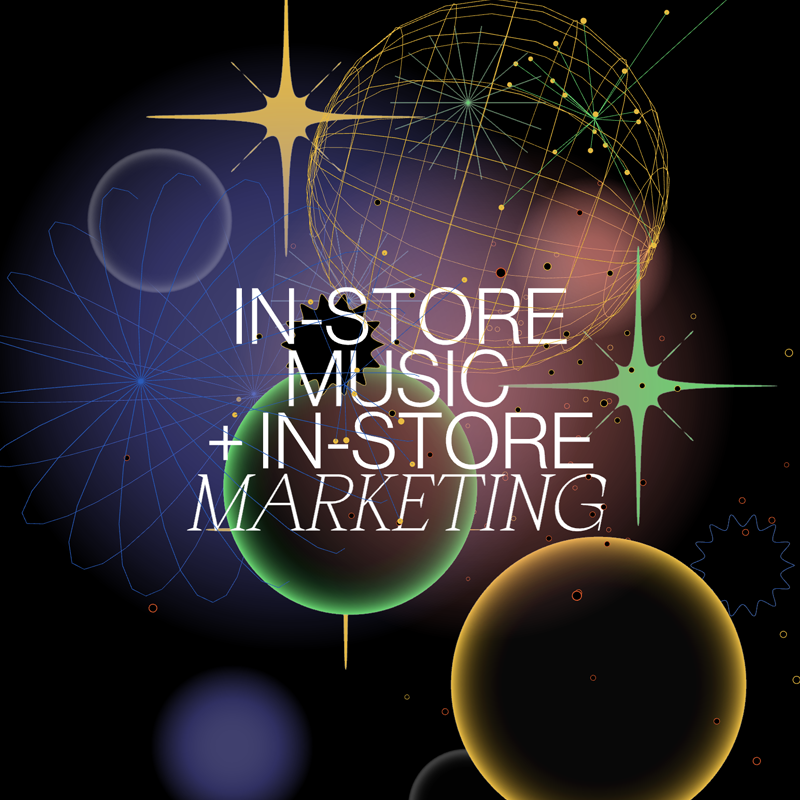Music and Nuanced Brand Messaging
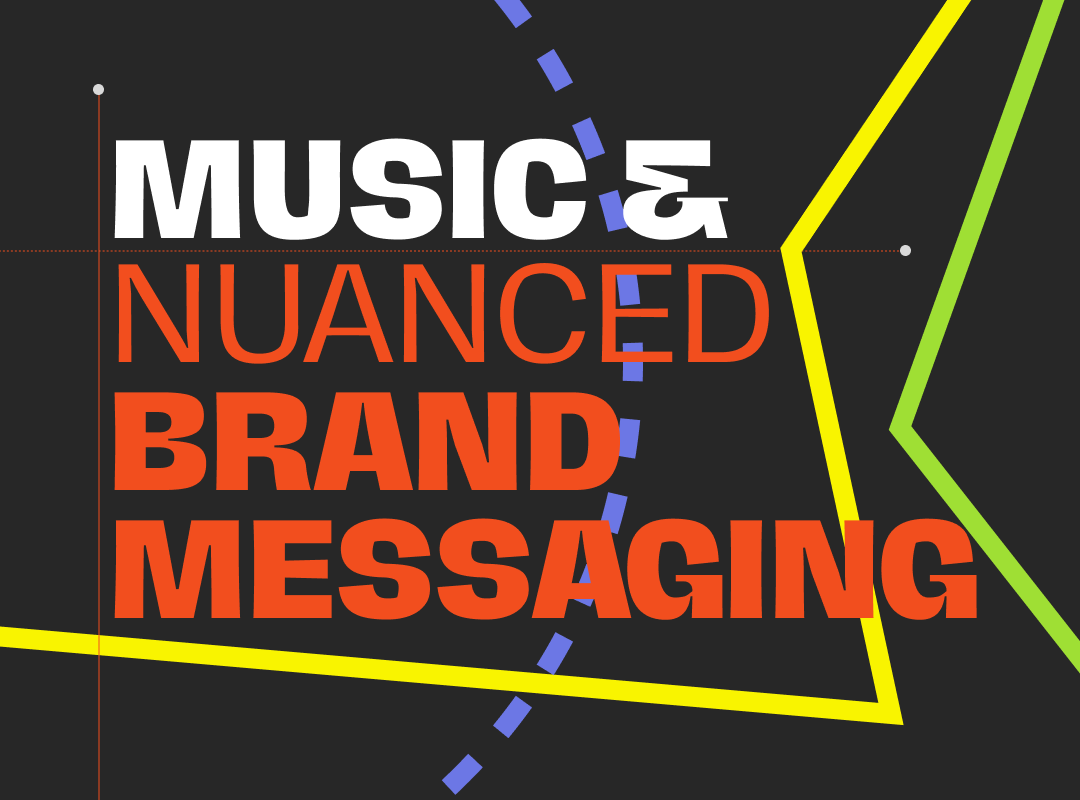
In saturated markets, brand messaging and storytelling must be elegant, agile, and nuanced. Beauty brands like Glossier, Jecca, and Go Lunar use messaging over tech, pricing, or distribution models to keep their competitive edge in a multi-billion dollar industry. Business of Fashion describes how brands like Gymshark and District Vision feature “gentle messaging” as their unique value proposition to go up against activewear titans.
Nuanced messaging is communication beyond the top-level expression of your unique service proposition. It might be part of hyper-specialized niche product marketing or from a social media strategy with highly relatable content, or it may be informed by community feedback. Whether for a newbie disruptor who makes a broad-stroke statement about its values or an established giant who gets detailed in multiple verticals, subtle messaging deepens the brand story and is crucial for brand differentiation.
Music is a foolproof way to communicate nuance because it taps into our emotions and it’s often highly charged with cultural meaning. Music is also a fast-paced “fluid” design element, meaning it’s timely. Music supports nuanced messaging in three areas: Trend Cycles, Authentic Inclusivity, and Community & Tribe Building.
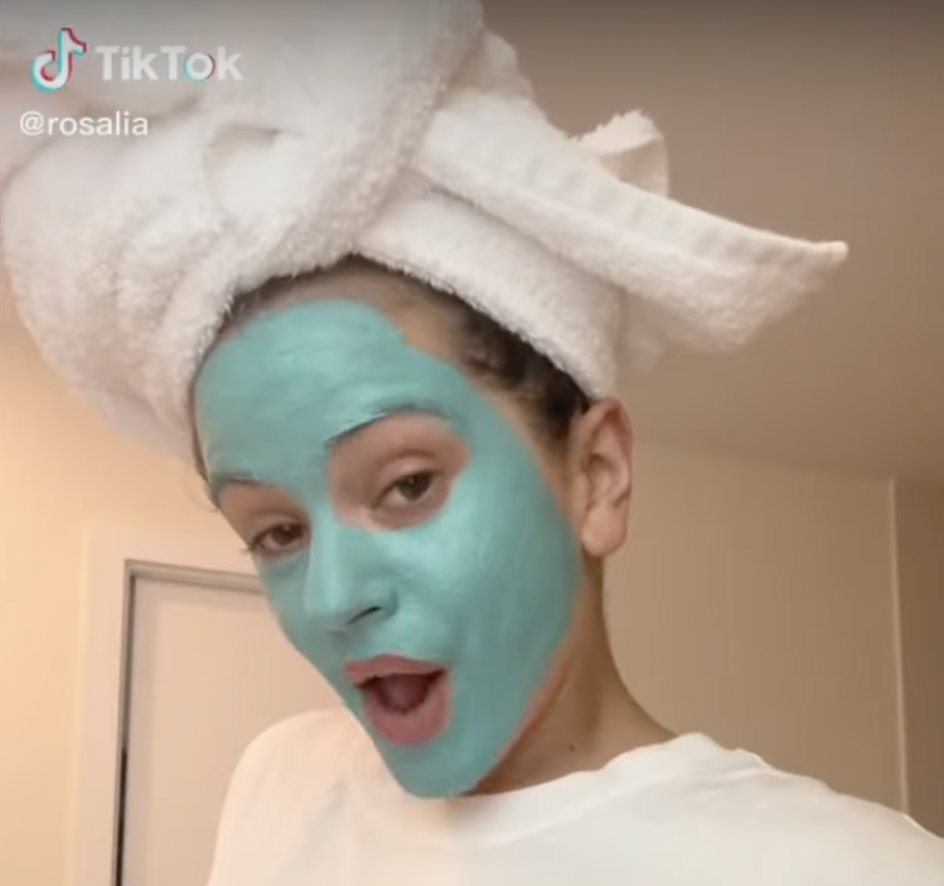
Trend cycles move faster than ever and are often intertwined with music. Thanks to TikTok, it is not uncommon for a song to become synonymous with both a fashion trend and a meme. If you are communicating one, you are talking about all three because they become inextricably linked once they go viral. For example, if you play “Bizcochito” by ROSALIA, we think of the meme of her playful gum-smacking and eye-rolling. Meanwhile, TYLER THE CREATOR and PLAYBOI CARTI each use TikTok to promote their association directly and indirectly with fashion.
Trends can blow up overnight, and if you are playing music gaining traction, it’s like a wave that your brand surfs and receives a boost of relevance (which translates to profit.) Your brand gets tastemaker and trendsetter status for playing it first! This also boosts brand recall if you have early association with a track that becomes a hit.
For Diversity and Inclusion messaging to be meaningful, it has to be authentic. Music communicates authenticity because when we hear it, we believe it. Music programming is best when it features a variety of artists and genres because it’s more dynamic and meaningful to a broader audience. You can cover considerable cultural ground in 20 minutes by stitching together songs that communicate various aspects of your brand story. An ingenious way to explore and expand your music program is to think about everyone interacting with your brand, from customers to managers and employees at every level. How does what they listen to align with and further expand your brand story? This approach will make people feel included, regardless of health, ability, age, culture and ethnicity, sex and gender, class, and socioeconomic status.
A music program that makes people feel seen and heard ultimately leads to Community and Tribe Building. When you hear “your song” being played, it’s a riveting experience that touches you personally and makes you feel part of something larger than yourself. In fact, by its very nature, music is both personal and communal. Music is meaningful on a personal level when we listen in solitude, like during a commute with headphones or in a car. Live music is a multifaceted collaborative experience; musicians play together as a group to create music in the first place, and an audience shares the experience of a live performance. Music is supported by a network of producers, promotors, distributors, and fans from creation to consumption.
At Activaire, our ethos is “Music is how we explore, discover, and share who we are.”
